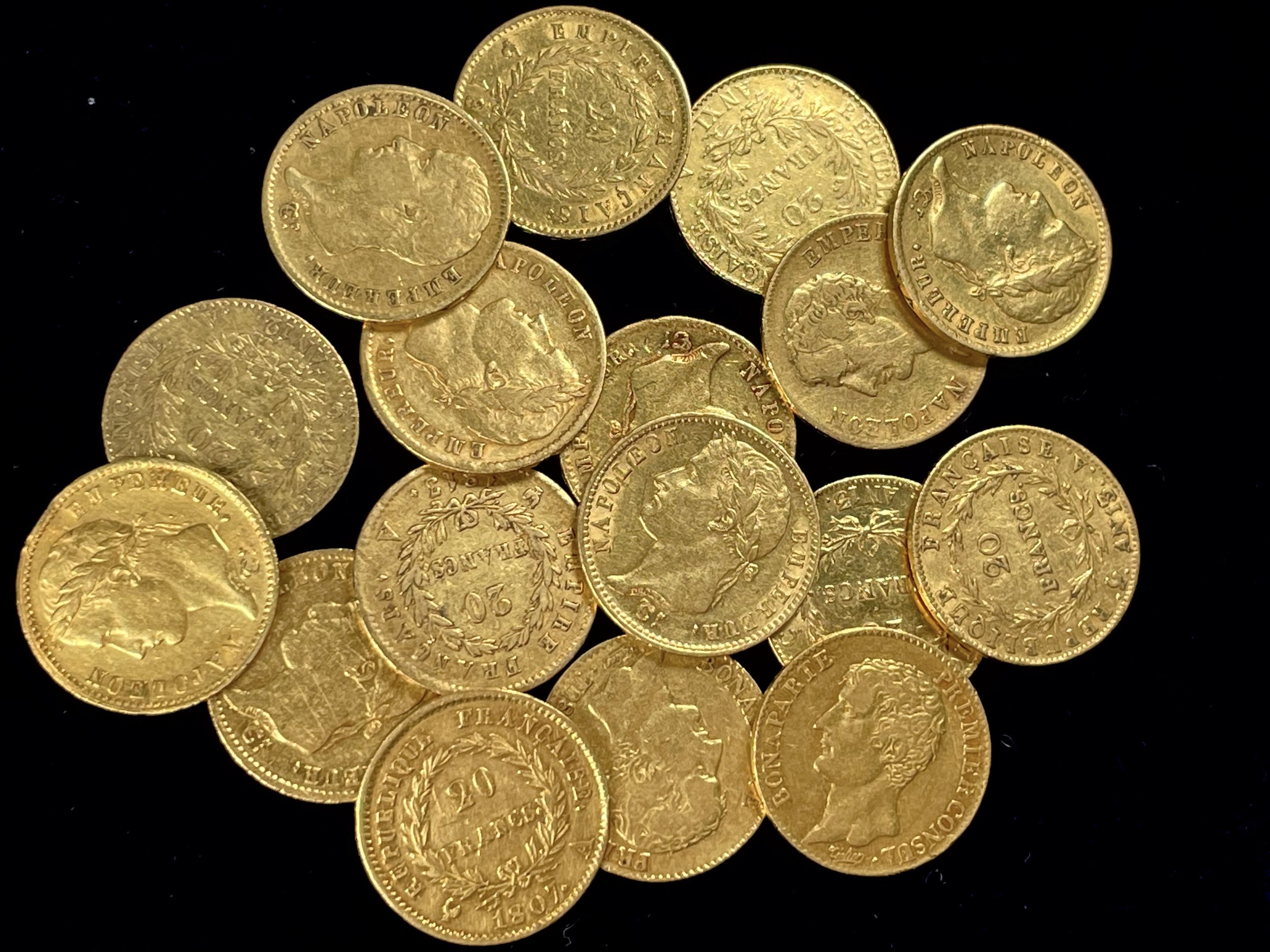
Welcome! This website is to provide a resource for a set of coinage that is uncommonly known even in the coin-collecting community. Coinage according to the Latin Monetary Union (“LMU”) was used in over 60 countries in the 19th and 20th centuries, from Venezuela to Finland. The only other coinage types with such a broad geographical reach are the coins of the British or Spanish Empires, and those were minted in fewer countries. This type of cross-country coinage is typically overlooked as most numismatic resources and literature are country-specific.
The LMU existed from 1865 to 1927, but it only codified denominations which had been circulating in France and its neighbors since Napoleon I. Some of that coinage survived the LMU and was used until the 1960s, when silver left circulation.
This website refers to Napoleonic and LMU denominations as one larger group: LMU coinage. That is, setting aside the small difference in fineness of subsidiary silver coins (under the Napoleonic standard, all silver coins were 0.9 fine; under the post-1865 LMU standard, coins smaller than 25 grams were 0.835 fine).
Silver “dimes” from various countries (2.5 grams at 0.9 fine). Coins of this type were minted from 1803 to 1964. The denominations either matched the French standard under Napoleon (i.e., 50 centimes, 1/2 franc, 50 centesimi) or at a 1 to 5 ratio (i.e., 10 cents, 10 centavos).
Beyond a list of gold and silver coins according to the LMU standard (here), this website will be a continual work-in-progress across three categories:
Denominations minted by country: “Country Focus” tabs with coinage types (e.g., 40 francs, 20 francs, 5 francs, etc).
Detail on individual coins types: Auction history and exemplars (e.g., Napoleon I Laurel 20 francs 1809-1814).
Other: Details/research items specific to the country or coin.
Beyond these, this website will also cover general issues of coinage and economic history of the 19th and early 20th century as it relates to money.
LMU Coinage Included in this Website
Napoleon defined the franc as 5 grams of silver at 0.9 fine (a 5 francs was therefore 25 grams). The weights of the denominations are shown in the table below (silver coin list here).
Since the 5 francs was 25 grams, and the silver to gold ratio was 15.5 to 1, a gold 5 francs was 1.6129 grams (25 grams / 15.5), or 0.0467 oz gold. The multiples and corresponding gold content are shown in the table below (gold coin list here). The weight and gold content is not in round numbers, which is a necessary consequence of a bimetallic currency standard defined in silver terms.
LMU Gold Standard
| Weight | Gold Content | |
|---|---|---|
| 5 Currency Units | 1.6129 g | 0.0467oz gold |
| 10 Currency Units | 3.2258 g | 0.0933oz gold |
| 20 Currency Units | 6.45161 g | 0.1867oz gold |
| 25 Currency Units | 8.06 g | 0.2334oz gold |
| 40 Currency Units | 12.90322 | 0.3734oz gold |
| 50 Currency Units | 16.12903 | 0.4667oz gold |
| 80 Currency Units | 25.8 g | 0.7465oz gold |
| 100 Currency Units | 32.25806 g | 0.9334oz gold |
Several countries mirrored these currency units at a 5 to 1 ratio. For example, the Argentinan 5 pesos matches the Spanish 25 pesetas.
LMU Silver Standard
| Weight | Examples | |
|---|---|---|
| 20/100 Currency Units | 1 g | 20 centimes |
| 25/100 Currency Units | 1.25 g | 1/4 franc or 25 centimes |
| 50/100 Currency Units | 2.5 g | 1/2 franc or 50 centimes, U.S. dime |
| 1 Currency Units | 5 g | 1 franc |
| 2 Currency Units | 10 g | 2 francs |
| 2.5 Currency Units | 12.5 g | 2 1/2 franc, U.S. half dollar |
| 5 Currency Units | 25 g | 5 francs |
